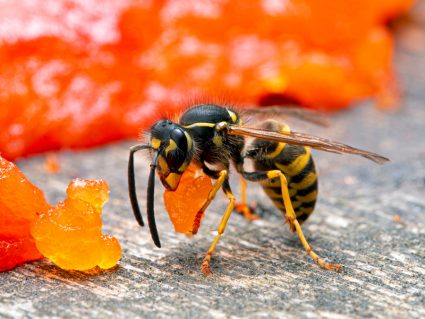
Coyotes, known scientifically as Canis latrans, are fascinating creatures. They are primarily known for their distinctive and versatile vocalizations, which they use for a variety of purposes. This in-depth guide aims to answer the question: “What does a coyote mating call sound like?” It provides information on the different types of coyote vocalizations, the purpose of these sounds, and how they vary depending on factors such as age, gender, and geographical location.
A coyote mating call, or an estrus chirp, is a unique vocalization designed to attract a mate. It typically involves the male howling and the female adding in her own barks, yips, and short howls. These sounds are part of the courtship process that takes place during the mating season, usually from late January to early March. To fully understand what a coyote mating call sounds like, it’s recommended to listen to audio or video recordings available online.
Understanding Coyote Vocalizations
Coyotes are known for their wide range of vocalizations, which include howls, yips, barks, growls, and more. These sounds serve various purposes, including communication within the pack, expressing emotions, and signaling threats or alarms. For example, a coyote may use a growl as a threat for something within close range and a bark as a long-distance threat or alert of low to medium intensity.
The Mating Call
The coyote mating call, also known as an estrus chirp, is unique. This call is part of the coyote’s complex communication system and is specifically designed to attract a mate. During the mating season, which typically occurs from late January to early March, coyotes become more vocal. The male typically howls, with the female adding in her barks, yips, and short howls. These sounds are part of the alpha pair courtship, which can last several months before copulation.
Misconceptions About Coyote Mating Calls
There are several misconceptions or myths associated with coyote mating calls. For instance, some people believe that coyotes only howl during the mating season, which is not true. In reality, coyotes howl for a variety of reasons throughout the year, not just during the mating season. Their vocalizations are complex and serve multiple purposes, such as locating pack members, defending territory, expressing distress, or threat.
Distinguishing Coyote Mating Calls
Distinguishing a coyote mating call from similar sounds made by other wildlife involves understanding the unique vocalizations of coyotes. Coyotes have unique howl patterns that can identify each individual. This is similar to how we can identify voices over the telephone. Additionally, coyote sounds often have a sing-songy quality, and they can produce a variety of tones and pitches within their yips and howls.
Conclusion
Understanding the sounds and behaviors of coyotes, particularly during their mating season, can provide valuable insights into these fascinating creatures. With their complex vocalizations and communication strategies, coyotes continue to intrigue and captivate those who take the time to listen.
Remember, the next time you hear the distinctive howl of a coyote, you are witnessing an intricate and nuanced form of communication. Whether it’s a male howling to assert dominance, a female inviting a mate, or a group howling in unison, each sound carries a unique message in the complex language of the coyote.
For a more accurate understanding of what a coyote mating call sounds like, it may be helpful to listen to audio or video recordings, such as those found on various online platforms.
Frequently Asked Questions
What other animals make sounds similar to a coyote’s mating call?
Other animals that can make sounds similar to a coyote’s mating call include wolves and domestic dogs. However, these sounds have distinguishing characteristics that differentiate them from a coyote’s call.
How does a coyote’s age affect its mating call?
As coyotes age, their mating calls can become more robust and distinctive. Older, more experienced coyotes often have a more pronounced and complex call compared to younger members of their species.
Can humans mimic a coyote’s mating call?
Yes, humans can mimic a coyote’s mating call using various techniques like whistling or using specialized call devices. However, it requires practice to accurately replicate the sound and nuances of the call.
Can coyotes mate with dogs?
Yes, coyotes can mate with dogs. The offspring resulting from such a union are called “coydogs.” However, these instances are quite rare due to differences in breeding seasons and social behaviors.
Are coyotes monogamous?
Yes, coyotes are typically monogamous, meaning they form pairs and stay together for several years or even for life. The pair will raise their pups together, sharing in the responsibilities of parenthood.










